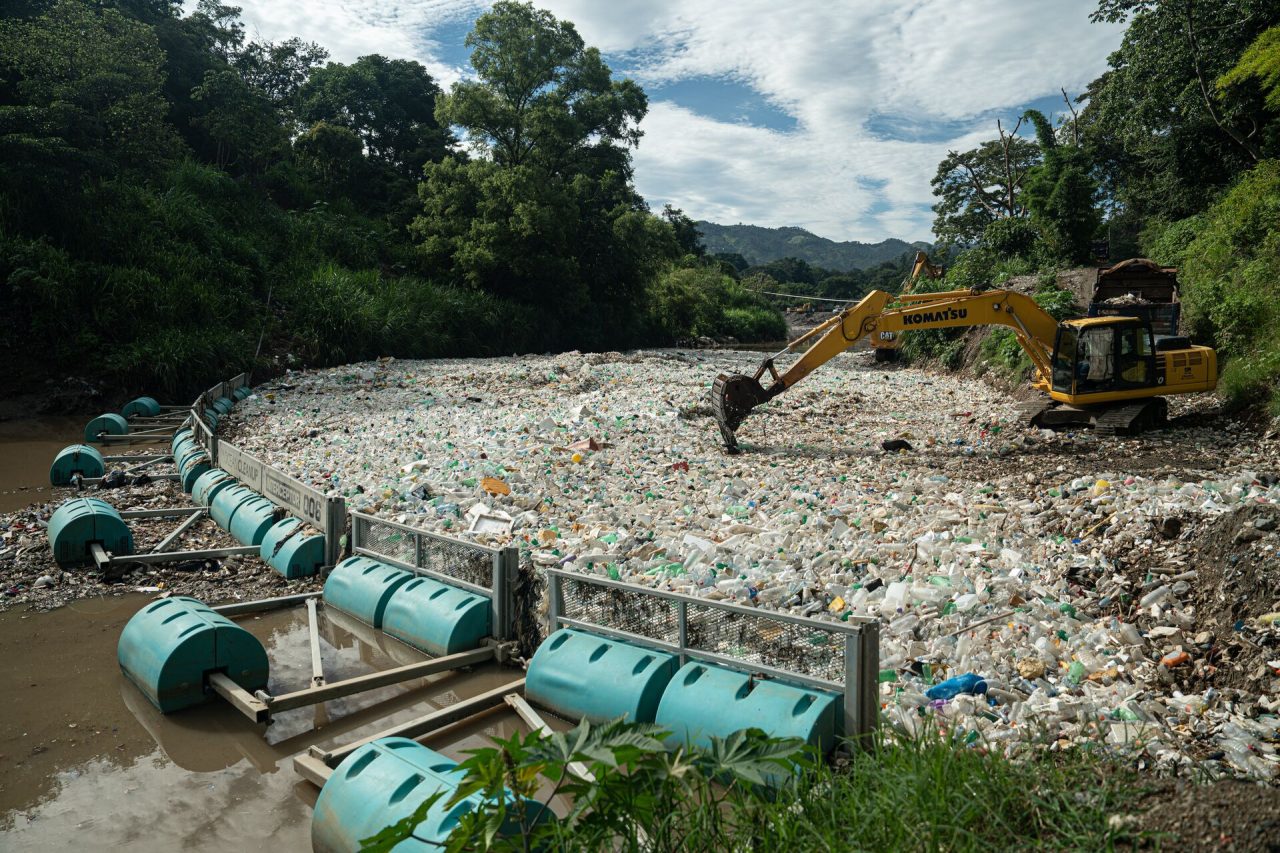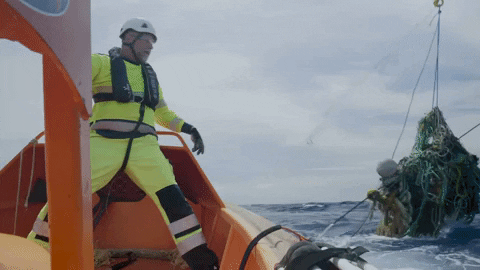Does our cleanup in the Great Pacific Garbage Patch (GPGP) pose a risk to marine surface life like neuston?
Since 2015 The Ocean Cleanup has collected samples and led research on neuston — small organisms that inhabit the ocean’s surface — in the GPGP. Findings from this research, published in two companion scientific articles — [1] and [2], indicate that neuston are not found in higher concentrations within the plastic hotspot zones targeted by our cleanup operations
The most recent study, based on hundreds of samples collected across the GPGP, compared neuston densities inside and outside these plastic concentration zones. Results showed no evidence of consistently elevated neuston abundance within the hotspots, challenging previous concerns that our operations could disproportionately affect these organisms. This is especially relevant given that earlier assumptions were based on limited datasets and a nonlinear, species-specific relationship between neuston and plastic concentrations.
To ensure we continue operating responsibly, we rely on ongoing environmental monitoring alongside focused assessment of neuston communities. This includes systematic sampling performed simultaneously in front of and behind the cleanup system, obtaining data to compare the diversity and abundance of neustonic organisms before and after the system passes through the water. Our work is carried out in collaboration with independent marine scientists from several institutions around the world.

